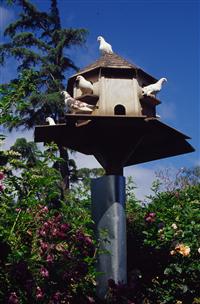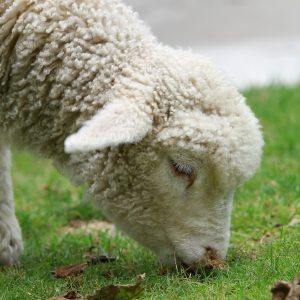COURSE STRUCTURE
There are 9 lessons as follows:
 Introduction to Wildlife Management
Introduction to Wildlife Management- Wildlife Habitats
- Wildlife Ecology
- Population Dynamics
- Carrying Capacity
- Wildlife Censuses
- Wildlife Management Techniques
- Wildlife Management Law and Administration
- Wildlife Management Case Study Research Project
Each lesson culminates in an assignment which is submitted to the school, marked by the school’s tutors and returned to you with any relevant suggestions, comments, and if necessary, extra reading.
SUMMARY OF COMPETENCIES DEVELOPED
 On successful completion of the course you should be able to do the following:
On successful completion of the course you should be able to do the following:
- Develop a concept of how man manages wildlife populations in different situations around the world.
- Understand and discuss the principles of wildlife ecology.
- Understand wildlife habitats and their importance to managing wildlife.
- Explain how populations of any one species change and adapt to variations in their environment.
- Understand carrying capacity and its importance in managing wildlife populations.
- Explain a range of different methods used to determine the number of individuals in a wildlife population.
- Discuss a range of different wildlife management techniques.
- To understand the potentials and limitations of legal and administrative initiatives, in the pursuance of more effective wildlife management.
- Examine a specific wildlife management case of interest to the student.
WHAT THE COURSE COVERS
Here are just some of the things you will be doing:
- Contact (either in person, email or by telephone) an organisation involved in wildlife management such as a National Park, wildlife reserve, zoo, etc to research their wildlife management program.
- In your locality, find out about one pest species of wildlife and one endangered or threatened species of native wildlife. Research what happened to make these animals pests or endangered.
- Visit a natural area in your locality and observe the organisms in the area and their interactions with each other and the environment.
- Explain what trophic levels are and how energy flows between them.
- Define habitat, biome, vegetation formation and feeding radius.
- Visit a zoo, wildlife park, game reserve, pet shop, fauna sanctuary or other place where wild animals are kept in captivity to observe the animals in their captive surroundings and compare these with their native surroundings.
- Identify a predator-prey relationship between two species in a local ecosystem and make predictions about changes to this relationship.
- Research the difference between r and K strategists in animals.
- Design a wildlife survey using a suitable sampling technique. Write this survey up as a mini scientific report containing an Abstract/Project Summary, Methods and materials section, Results/Discussion and Conclusion.
- Research the success of one wildlife program where wildlife have been bred in captivity and then released.
- Draw up a table that lists the advantages and disadvantages of allowing hunting to proceed in game parks where the animals being hunted are native to the area.
- Telephone or contact a wildlife management agency in your area to determine the relevant local, regional, national and international laws that apply to wildlife in your locality.
- Prepare a report of no less than 1000 words on a population of animals surveyed during the course.





